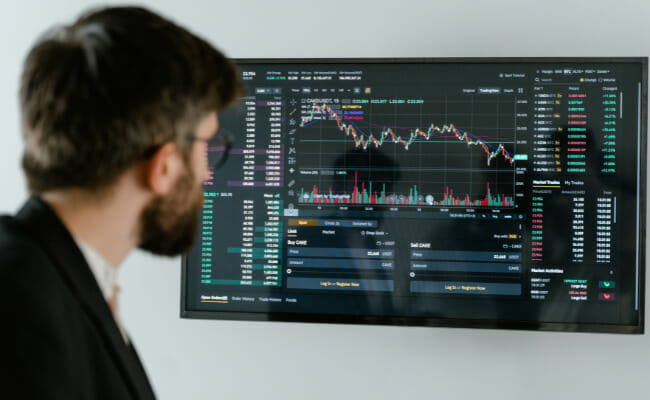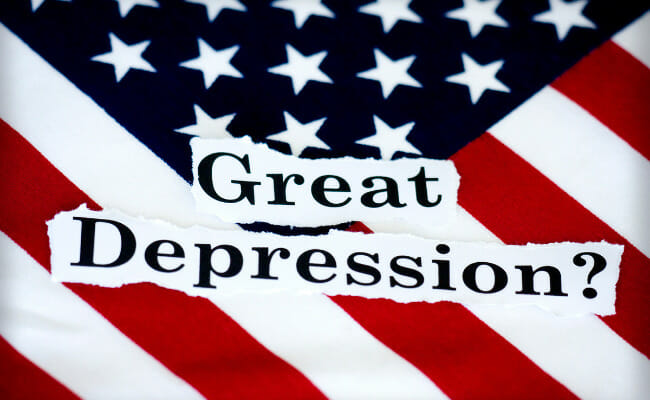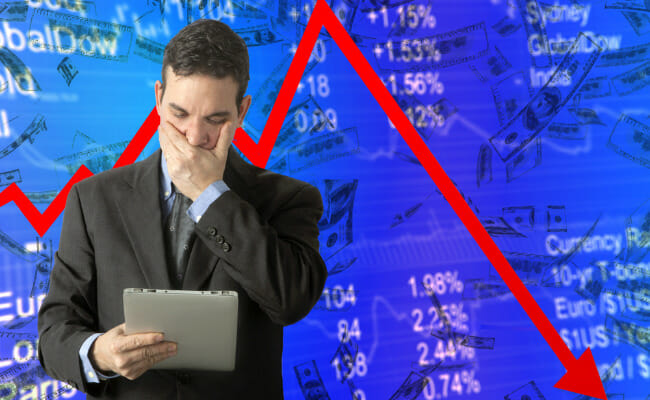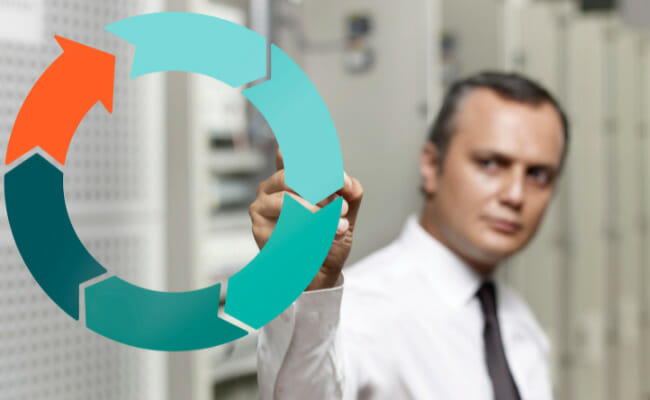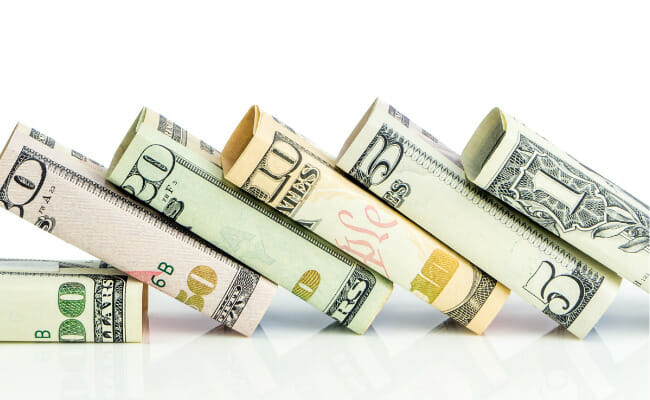The Difference Between Recession vs. Depression
Economics turbulence is a terrible experience for a nation. An unstable economy can lead to the loss of jobs, investments, and even savings. However, the terms “recession” and “depression” are only familiar to some individuals. Their meanings, what they represent, and their differences may not be easily understood.
Depression is primarily a more severe, prolonged recession that affects the economies of other countries as well as those within the borders of a single country. The USA has only one record of depression, known popularly as the Great Depression. However, it lasted a whole decade.
This article contains all you need to know about recessions, depressions, and how the differences between a recession and a depression can help you better grasp the business cycle and prepare for an economic crisis’s ups and downs.
What is a Recession?
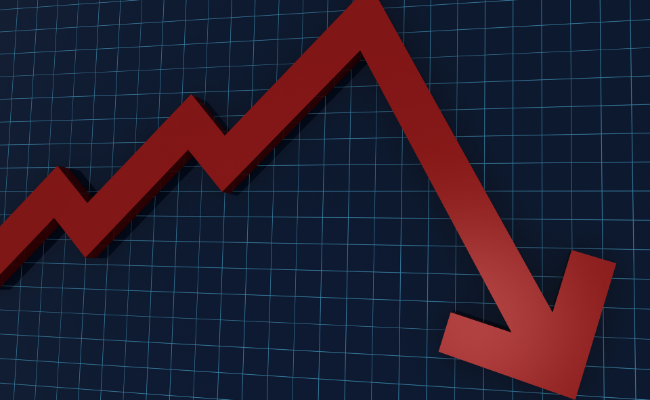
An economic recession is an extensive and significant economic decline that could last for several months. Real gross domestic product (GDP) decreasing for two consecutive quarters is a standard definition of an economic recession, although it’s not relatively straightforward. You might observe a temporary decline in GDP during an economic cycle, but it doesn’t always indicate a recession.
The century-old nonprofit National Bureau of Economic Research (NBER), which establishes the beginning and end of U.S. recessions, adopts a broader perspective. Recessions, according to the group, are characterized by “a considerable fall in economic activity distributed across the economy, lasting more than a few months,” with the major indicators.
Here are the following indicators of a recession:
- Real GDP decline
- Real income has decreased
- Increased unemployment
- Slowed retail sales and industrial output
- Low Consumer spending
According to the NBER’s more comprehensive perspective on the economy, recessions are not always characterized by a single component. But because so many of these variables are interconnected, forming a chain. A negative GDP, for example, might have a negative economic impact on consumer spending or unemployment.
From the Copper Panic of 1785 to the Great Recession of 2008, there have been 50 recessions in recorded history. The U.S. recently went through its 51st recession, a two-month downturn brought on by the start of the pandemic in early 2020. The severe recession was prevalent in the late 19th and early 20th centuries.
Only 10 recession cycles occurred between 1945 and 2001, far fewer than the number that occurred during comparable periods in the past. Some economists often use this as evidence of the business cycle’s decreasing volatility.
Although recession occurs regularly and is a sign of a cyclical business cycle, recessions can have a wide range of durations, effects on a country’s financial state, and causes.
What is a Depression?
Although a severe economic decline lasting for several years is generally acknowledged as an economic depression, its precise definition and characteristics are less apparent.
The NBER points out that economists have different ideas about how long depression lasts. While it is generally accepted that depression lasts until economic activity has nearly been restored to normal levels, other experts argue that depression only occurs while economic activity is dropping.
A depression can span decades and cause a lot of damage to the economy. Instead of quarters, it has years of economic contraction. During the Great Depression, A negative GDP lasted for more than half the decade the Great Depression occurred. In 1932, it shrank by a record-breaking 13%. The unemployment rate was almost 25%. Prices dropped by more than 25%, while international trade decreased by more than two-thirds.
Because of how devastating depression can be, its aftereffects could not be eliminated for more than three decades after it ended. The stock markets had begun to recover before the year 1954.
Recession vs. Depression
The economy has grown and recession cycles. The cycle’s expansion, recession, recovery, and stagnation portions are its four stages.
An expansion occurs when both output and consumption rise. Before a recession, this phase normally lasts for a few years. When there is a fall in the economy due to lower consumption or low industrial production, a recession occurs. After a recession, recovery occurs when the economy expands once more.
However, depression might be more tricky to comprehend since there has only been one depression. This realization makes it a challenging feat to distinguish between recession and depression signs.
Depression aftermath
A depression often lasts years instead of months, and higher unemployment rates and a more abrupt decrease in GDP are some potential signs. While depression is typically severe enough to have effects elsewhere, a recession is frequently localized to a single nation.
The general public occasionally cannot tell the difference between a recession and a depression. This may be due to the fact that economists do not have a consensus on what exactly constitutes a depression. But when you look at the Great Recession and the Great Depression, it is easy to distinguish between both them.
The Great Depression: The Worst Economic Downturn In The USA
The Great Depression, which ran from 1929 to 1939, was one of the most severe economic downturns in history. It began as a recession in 1929 in America before spreading to other parts of the world, most notably in Europe.
As with any long-term economic calamity, the Great Depression was due to a number of unexpected events, the two most notable of which were the 1929 stock market crash and the severe drought of the Dust Bowl in the 1930s.
Prior to the crash, the financial state of the country had already started to deteriorate, leaving more people unemployed and manufacturing falling, leaving stock prices vastly overpriced.
Then, on October 24, often known as “Black Thursday,” speculators sold off about 13 million shares of stock, telling customers they were right to lack trust. Spending stopped, debt rose, the housing market was foreclosed upon, unemployment rose, and banks started to fail.
The 1929 market crash caused a panic that led to a decline in consumer spending and investment, which in turn caused a significant decline in manufacturing, and in turn, caused a rise in unemployment and the failure of the majority of the nation’s banks.
Additional Great Depression history facts
The Federal Reserve System raised interest rates during the Great Depression when it should have been lowering them. It sought to safeguard the gold standard. However, as of 2022, the gold standard is no longer in use in the world currently. The world’s currency is the dollar.
As it should have, the Federal Reserve bank increased the money supply to fight deflation. When consumers saw that prices were dropping, they postponed making large purchases. This reduced demand even more. The Federal Reserve likewise ignored bank failures.
The Federal Reserve gained insight from the Great Depression. The first indication of a recession is that it reduces interest rates. It guarantees banks have enough capital to lend.
The American economy was also significantly impacted by World War II. Most obviously, it helped the country escape the 1930s Great Depression. The gross national product (GNP) more than doubled from its level of 14.6 percent in 1940 to an outstanding 1.2 percent in 1944.
Federal Deposit Insurance Corporation: A Solution To The Great Depression
At the height of the Great Depression in 1933, the Federal Deposit Insurance Corporation, or FDIC, was established. The creation of this corporation is to safeguard bank depositors and maintain a certain level of faith in the American banking system.
Following the 1929 stock market crash, fearful consumers withdrew cash from banks, sparking a disastrous wave of bank failures across the nation.
When it first started to operate in 1934, the Federal Deposit Insurance Corporation (FDIC) covered deposit accounts up to $5,000 per individual, which, when converted to modern currency, is equivalent to nearly $80,000.
Following that, there was a sharp decline in the bank failure rate, which never again approached the levels of the 1930s. These bank collapses did not cost insured depositors anything, and many uninsured depositors were also made whole.
However, it could be too soon to declare deposit insurance a success. An unsustainable program may take a long time to fail.
12 Recession Warning Signs
The 12 signs that show there’s a recession are as follows:
- A decline in investment and economic confidence
- High-interest rates
- Stock market collapse
- Declining home sales and prices
- A decline in orders for manufactured goods
- Deregulation
- Poorly managed Price and wage controls
- Post-war declines
- Credit constraints
- Asset bubbles burst
- Deflation
When there is no faith in the future, customers stop buying, and firms fire employees. These circumstances lead to a cycle of bankruptcy, defaulted loans, and unemployment.
This kind of panic attack is frequently brought on by a shock, such as a stock market crash, wage-price limits, the burst of an asset bubble, or an unexpected response to a move by the government, like deregulation or an increase in interest rates. In other instances, such as during credit crunches or poor management, it’s corporate behavior. In 2020, there was a pandemic.
Consumers fear that a crash may lead them to make fewer purchases, and then a recession begins. The crash makes it harder to finance new firms. Firms sell their stocks to get the funds necessary for economic growth.
If confidence is not recovered, the stock market will continue to decline. A bear market begins when it declines by more than 20%. A recession might also be started by this severe drop in confidence.
National Bureau Of Economic Research (NBER) Business Cycle
The NBER has been the de facto judge of the times of business fluctuations, expansions, and recessions almost since its founding.
The identification of significant short-run fluctuations as a crucial aspect of the economy is perhaps the most contribution of the NBER. The NBER’s century-long concentration on the origins, nature, and effects of recessions was thus a natural result of business-cycle dating.
Understanding where we are in the economic cycle is the best method to determine if we’re in a recession or a depression. The chronology pinpoints the dates of the highs and lows that characterize economic expansions and recessions. The time between an economic activity’s peak and its subsequent trough, or lowest point, is a recession. The economic cycle between its trough and peak is one of expansion.
The economy is often in an expansionary phase, and most recessions are mild. However, it can take quite a while for the economy to bounce back to its prior peak level of activity or its prior trend course. The most recent peak, as indicated by the NBER chronology, happened in 2020. Usually, a recession comes after the top of the business cycle. Asset bubble and excessive optimism characterize the peak.
The COVID-19 pandemic was a major factor in the U.S. economy’s early 2020 transition into the recessionary business cycle phase. To stop the virus from spreading, the government shut down non-essential enterprises and advised citizens to stay at home. The first quarter saw a 5.1% decline in the economy. By April 2020, there were 23.1 million jobless, bringing the unemployment rate to 14.7%.
However, according to the Bureau of Labor Statistics, the unemployment rate has fallen back to pre-Covid levels, sitting at 3.6%, which is lower than it was just before the Great Recession. Retail sales in April 2022 increased by 0.9%. According to experts, if there is a recession—which we won’t see until 2023—it will be minor.
Conclusion
If the United States had an economic collapse of the same scale as the Great Depression, life as we know it would drastically change. Four out of ten people would experience job loss. It would take decades, not months, to recover from a 50% plunge in the stock market.
Depression is not likely to result from the COVID-19 pandemic, but it did produce a recession. Global central banks have the skills to stop them. This is because they guarantee that banks have sufficient capital and then slash the interest rates to zero.
Congress has employed expansionary fiscal policy to soften recessions, unlike the early years of the Great Depression. Every person with qualifications earning up to $75,000 will recieve a $1,200 stimulus check under the CARES Act. This increased unemployment benefits as well.
Frequently Asked Questions
When Anticipating A Depression, Where Should I Invest My Money?
The Great Depression saw a lot of bank failures. A “run on the bank” happened as a result of customers withdrawing their money from the bank. Fortunately, the Federal Deposit Insurance Corporation fully covers all of your savings, checking, and money market accounts, so you don’t need to stow your money beneath your mattress. As long as you are inside a bank, your money is secure.
Which Recession Showed A Severe Decline In The Economy?
According to many, the Financial Panic of 1873 was the worst recession. A series of banking crises that occurred after the Civil War led to the spark of this recession. At least 100 banks failed during this period.

